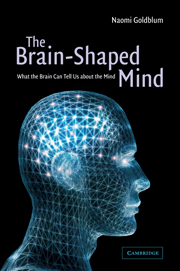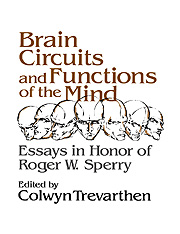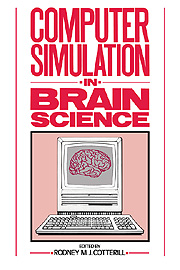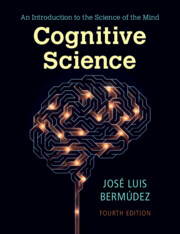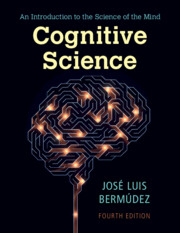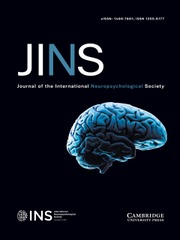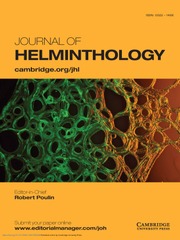The Brain-Shaped Mind
Will brain scientists ever be able to read our minds? Why are some things harder to remember than others? Based on recent brain research and neural network modelling, The Brain-Shaped Mind addresses these, and other, questions, and provides a clear account of how the structure of the brain influences the workings of the mind. Neuroscientists are now learning about our minds by examining how the neurones in the brain are connected with one another and the surrounding environment. This book explores how neural networks enable us to recognise objects and learn new things, and what happens when things go wrong. The reader is taken on a fascinating journey into what is arguably one of the most complicated and remarkable aspects of our lives.
- No prior knowledge of neuroscience, cognitive psycology or neural networks is required
- Neural networks are explained without the need of mathematical formulae
- Illustrated throughout with humorous cartoons and explanatory diagrams
Reviews & endorsements
'The book is indeed easy to understand. It is well structured, minimally technical in its terminology, informative, and argumentatively clear. Readers interested in a basic understanding of what is known today about the human brain would definitely find this book valuable; and teachers of the non-neuroscience-oriented cognitive sciences, particularly cognitive psychology and cognitive linguistics, might find it a useful introduction to brain research for their students.' Jyh Wee Sew, CHIJ ST Theresa's Convent, Singapore
Product details
August 2001Paperback
9780521000949
148 pages
227 × 153 × 9 mm
0.261kg
16 b/w illus. 7 tables
Available
Table of Contents
- Preface
- Figure permissions and acknowledgements
- 1. Introduction
- 2. What the brain cannot tell us about the mind
- 3. How neurons form networks
- 4. Theories and models of how the mind functions
- 5. What are connectionist networks?
- 6. How our networks learn
- 7. Connecting the networks: how different things are related
- 8. Evidence for connectionist models
- 9. Two different types of memory
- 10. Coping with disaster
- 11. Practical implications
- 12. Criticism of connectionist theory
- Annotated references and suggested readings
- Index.

